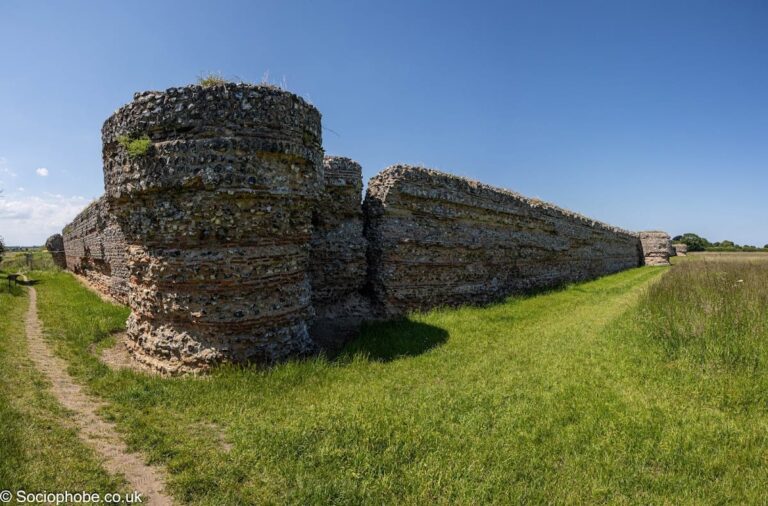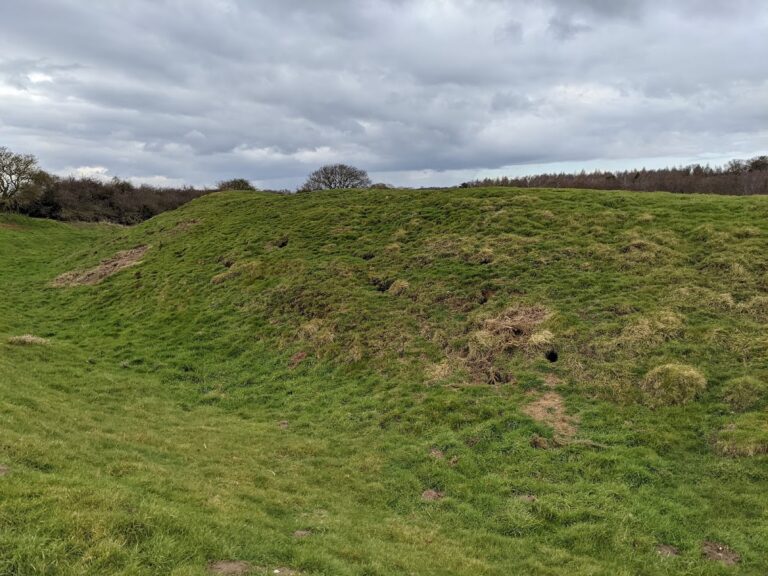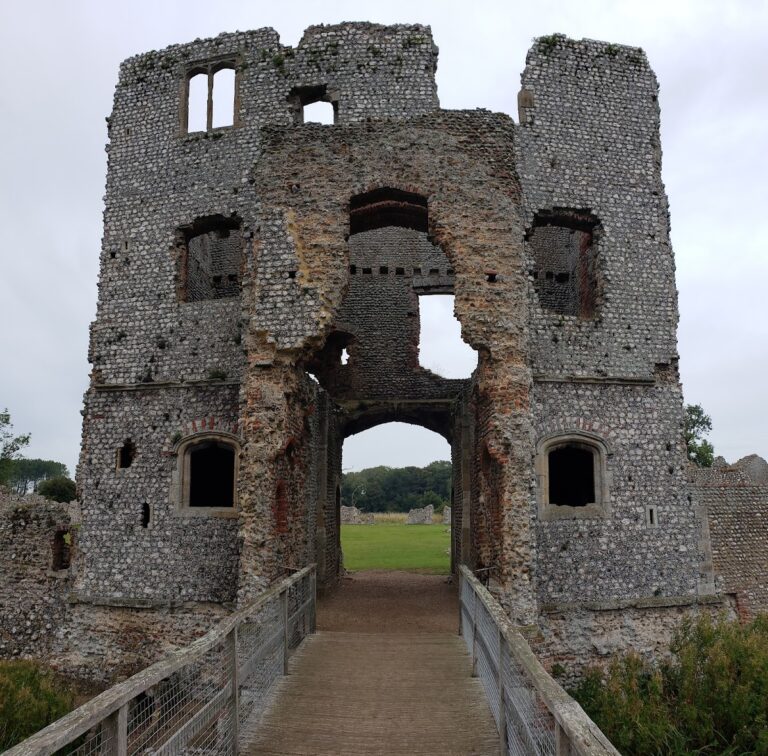Caister Roman Fort: A Coastal Defense Site in Roman Britain
Visitor Information
Google Rating: 4.2
Popularity: Low
Google Maps: View on Google Maps
Official Website: www.english-heritage.org.uk
Country: United Kingdom
Civilization: Roman
Remains: Military
History
Caister Roman Fort, located near the estuary formed by the Rivers Ant, Bure, Yare, and Waveney in what is now Caister-on-Sea, was built by the Romans around AD 200. It formed part of a network of coastal forts known as the Saxon Shore, designed to defend Roman Britain against seaborne raiders, especially Saxons from north-west Europe during the 4th century. The fort’s strategic position on a small island allowed control over a waterway leading into East Anglia and proximity to the Roman town of Caistor-by-Norwich.
Around AD 260, a second fort was constructed across the estuary at Burgh Castle. Both forts likely operated together to secure the estuary and protect merchant shipping. One of these forts may have been called Gariannonum, though it remains unclear which one held this name. Caister Roman Fort housed a garrison estimated between 500 and 1,000 soldiers, who served both land and naval roles in defending the coast and nearby trade routes.
The fort remained occupied until the late 4th century, approximately AD 370 to 390, when Roman forces withdrew from Britain. After this period, the site was abandoned and left unoccupied for several centuries. It was not until the Middle and Late Anglo-Saxon periods, roughly between AD 650 and 1066, that the area saw renewed use. During this time, a settlement and a large cemetery were established within and near the remains of the fort.
Remains
Caister Roman Fort covered about 3.5 hectares (8.6 acres) and was roughly square in shape. It featured stone walls standing 4 to 5 meters high, supported by earth ramparts and surrounded by ditches approximately 175 meters long on each side. Defensive towers were positioned at each corner, and fortified gatehouses stood at the center of each wall. The south gate, partially exposed today, led to a pebbled street connecting the fort to a harbor or docks on the estuary shore.
Excavations between 1951 and 1955 revealed a large defensive ditch inside the visitor entrance, the innermost of several ditches encircling the fort. Adjacent to the south gate, archaeologists uncovered a small rectangular guard chamber. North of the south wall lies a substantial building about 45 meters long, divided into at least six uneven rooms, with a wing extending northward at its western end. A parallel southern wall may have functioned as a portico and supported the earth bank behind the south wall.
One room in this large building contained a hypocaust system, an ancient Roman underfloor heating method, indicating the space was used for domestic or industrial purposes during the late 3rd and 4th centuries. This building suffered severe fire damage in the late 4th century, likely marking the fort’s final phase of occupation. Within the courtyard north of this structure, remains of earlier features were found, including a corn-drying kiln and a water tank.
Artifacts recovered from the site include mid-4th century Roman coins, seven small hoards, pottery, glass fragments, and parts of a pewter plate. Personal items such as brooches, beads, bracelets, necklaces, rings, and hairpins suggest women and children lived at or visited the fort. Military finds include spearheads, arrowheads, and belt buckles. Food remains consist of charred grain, fish bones, over 10,000 oyster shells, and bones from animals like cows, hares, foxes, badgers, and ducks.
Much of the original fort area, about 3.15 hectares (7.8 acres), now lies beneath modern housing. Only a portion of the site remains preserved and accessible, with the south gate and some defensive structures partially visible. The fort’s buildings, once thought to include a hotel, seamen’s hostel, or brothel, are now understood as integral parts of the military installation.










